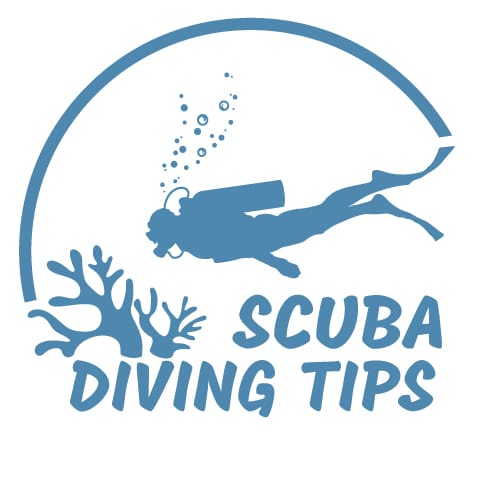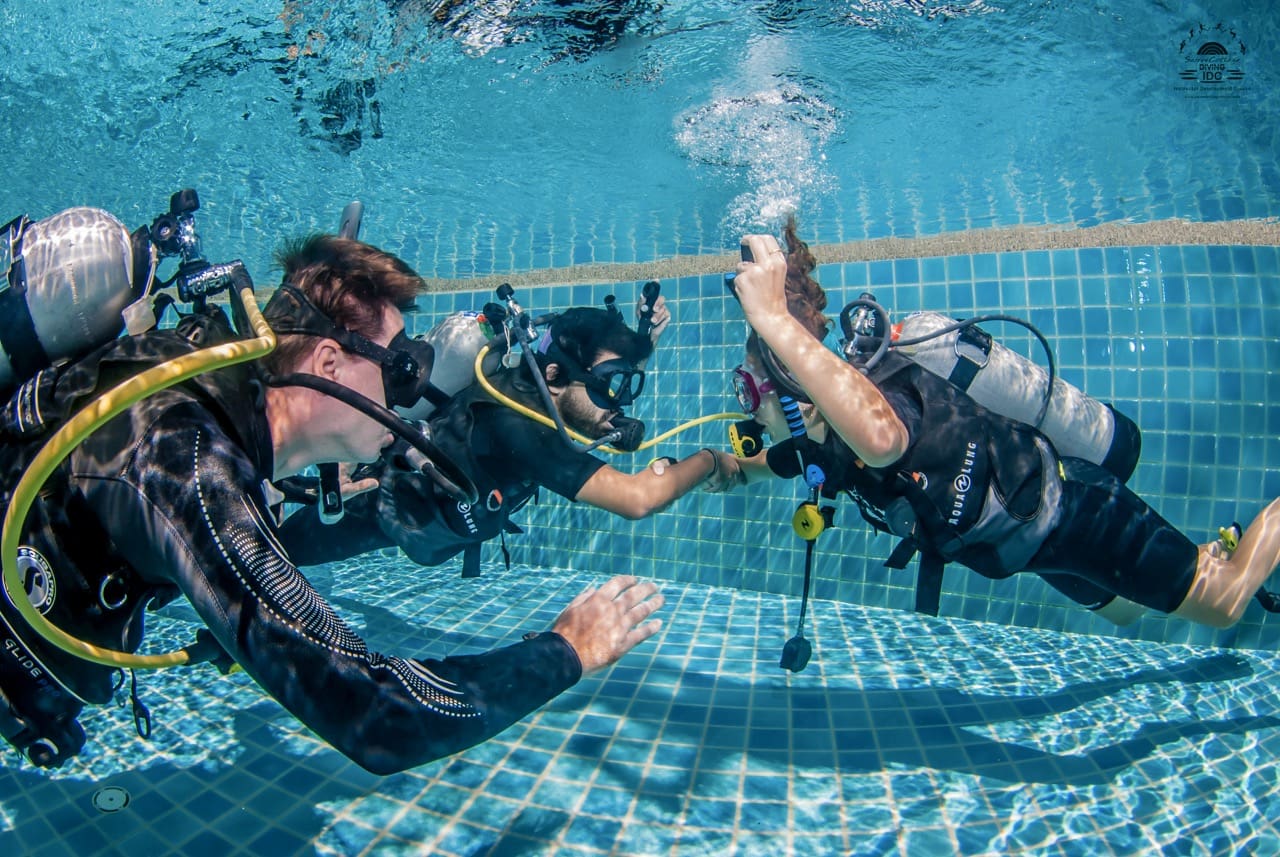Having an Alternate Air Source is such a relieve for most scuba divers. One of the main concerns scuba divers have is running out of air. Another word for the Alternate Air Source is Octopus.
Many years ago in the beginning of scuba diving people did not have an Alternate Air Source. If diver ran out of air they had to Buddy Breath from a single regulator until reaching the surface. This was of course not the safest way to deal with an out of air situation, so all divers were very relived when the Octopus became available for them.

The Alternate Air Source is an extra second stage connected to the first stage of the regulator. It works exactly the same as your primary regulator second stage. If people run out of air they want to make sure that they can locate the Alternate Air Source quickly. For this reason the Octopus is usually marked with bright colours, like yellow and should be located in triangular area on the chest, from the chin the the lower ribcage.
During your PADI Open Water course you learn how to correctly use and breath from an Octopus for at least 30 seconds. First you will learn to perform the Alternate Air Source skill stationary on confined dive 1 in shallow water. Then during confined dive 3 you repeat the Octopus skill swimming and surfacing.
This is the performance requirement from the PADI Instructor Manual:
Breathe from an alternate air source supplied by another diver for at least 30 seconds.
Steps for the PADI Alternate Air Source Breathing Stationary Skill
1. Signal your buddy that you are out of air
2. Your buddy will now present his/her alternate air source
3. Take a breath and switch to the Octopus (don’t forget to blow bubbles)
4. clear the alternate air source anyway you like
5. Stay close to your buddy by holding each other with a roman arm shake
6. Signal: OK and UP to each other
7. Elevate the LPI and press the deflator button
8. Breath comfortably though the Octopus for at least 30 seconds
9. Simulate and ascent by moving a bit (PADI Dance), but stay stationary underwater
Check out this PADI Alternate Air Source Breathing Stationary Skill Video:
Please SUBSCRIBE to our Scuba Diving Tips YouTube Channel
Owning a good Alternate Air Source can be life saving and knowing it is yours and well maintained can give a peace of mind on any dive. The Apeks By Aqua Lung Egress Octo Regulator if you are looking to get your own Octopus.
Frequently Asked Questions About the Alternate Airsource skill
What is Alternate Air Source Breathing Stationary in scuba diving?
Alternate Air Source Breathing Stationary is a scuba diving skill where two divers simulate sharing air without moving from their position. It teaches divers how to properly donate and receive an alternate air source in a controlled, stationary environment, ensuring both divers can breathe safely during an emergency underwater.
Why is Alternate Air Source Breathing Stationary important?
Practicing Alternate Air Source Breathing Stationary helps divers prepare for out-of-air emergencies. By staying stationary, both divers can focus on controlled breathing, proper communication, and maintaining eye contact. It reinforces calm behavior and reinforces safety protocols when donating or receiving an alternate air source.
When do you practice Alternate Air Source Breathing Stationary?
Divers typically practice Alternate Air Source Breathing Stationary during confined water sessions in the PADI Open Water Diver course. It is also reinforced in refresher courses and professional-level training to ensure divers are confident and capable of handling air-sharing situations.
How is Alternate Air Source Breathing Stationary different from while ascending?
In Alternate Air Source Breathing Stationary, both divers remain in place while simulating the air-sharing process. In contrast, during Alternate Air Source Ascent, the divers begin the skill and then ascend while sharing air. The stationary version builds foundational control, while the ascent version adds movement coordination.
Next Skill: Fully Flooded Mask


Leave a Reply